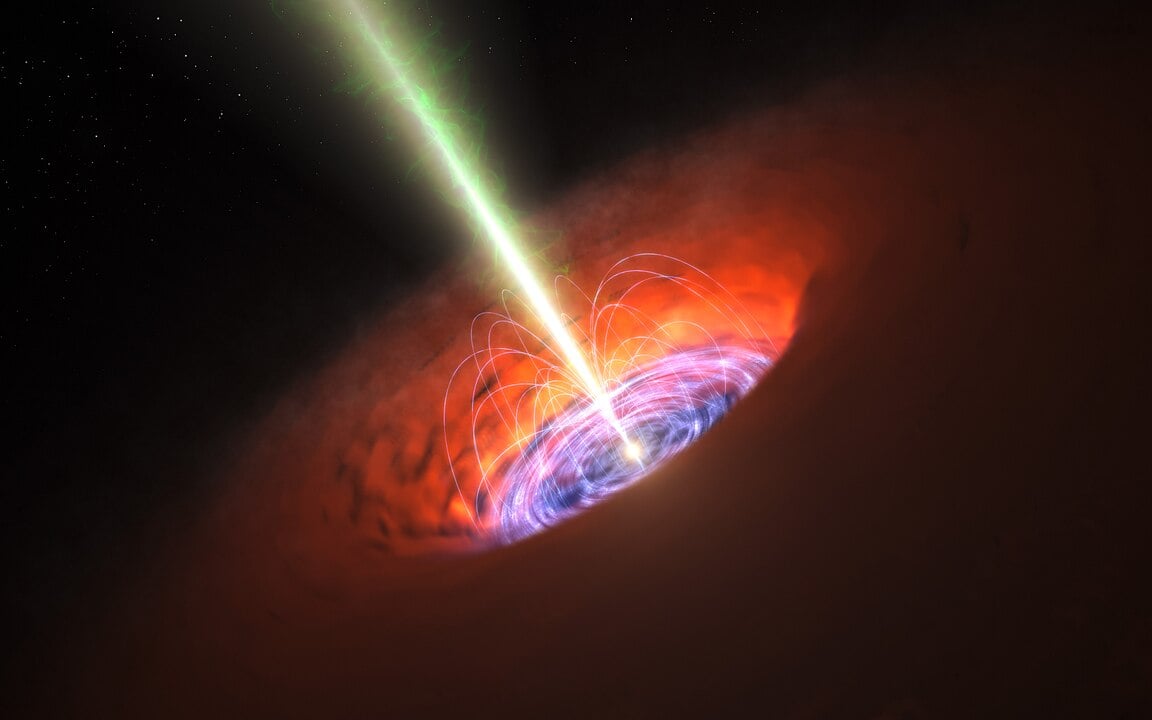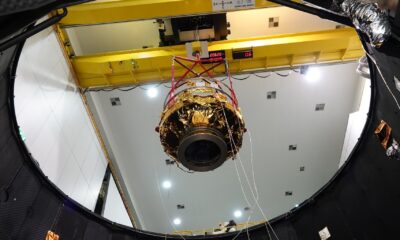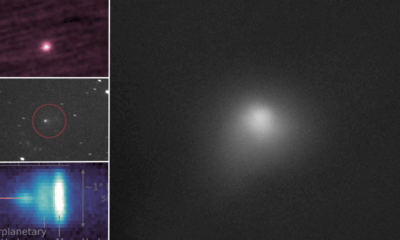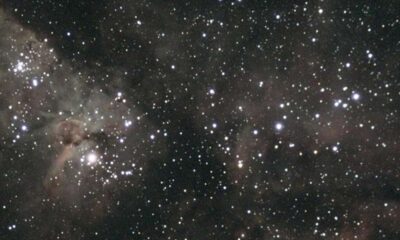Science
New Theory Explains Formation of Supermassive Black Holes

A groundbreaking theory proposes that the universe’s earliest stars were supermassive entities, fundamentally altering our understanding of black hole formation. This new concept, introduced by astrophysicist Jonathan Tan from the University of Virginia, aims to explain how supermassive black holes formed quickly after the Big Bang, a question that has perplexed astronomers for years.
Recent discoveries by the James Webb Space Telescope have identified supermassive black holes in the farthest reaches of space, existing when the universe was less than a billion years old. These black holes are typically millions or billions of times more massive than the Sun, raising questions about how they achieved such vast sizes in a relatively short cosmic timeframe.
Traditional models have struggled to account for the rapid growth of these black holes in the early universe, which was relatively devoid of the elements needed for star formation. Tan’s Pop III.1 theory presents a new framework, suggesting that the first generation of stars, known as Population III.1 stars, were extraordinarily large and fundamentally different from those we observe today.
Revolutionary Insights into Star Formation
According to Tan, these early stars grew to massive proportions due to the influence of dark matter annihilation, a process that provided immense energy. This resulted in supermassive stars that, upon their demise, created black hole seeds capable of anchoring entire galaxies.
Tan’s model posits that these Population III.1 stars did not quietly fade from existence. Instead, they emitted brilliant flashes of light that ionised hydrogen gas across the universe. This phenomenon, termed “flash ionisation,” marks a significant chapter in cosmic history, occurring much earlier than previously understood ionisation events associated with ordinary galaxies.
The implications of Tan’s theory extend beyond black hole formation. It may help clarify the “Hubble Tension,” a long-standing disagreement over the universe’s expansion rate. If validated, this theory could reshape our comprehension of the universe’s early evolution, suggesting it was not a slow process but rather a spectacular display of light and energy from supermassive stars.
Impact on Cosmology and the Milky Way
This new understanding indicates that rather than a gradual brightening of the universe as normal stars formed, there may have been a dramatic fireworks show as supermassive stars ignited across vast distances, quickly consuming their energy and leaving behind the massive black holes that would influence the structure of galaxies, including our own Milky Way.
In summary, Tan’s Pop III.1 theory proposes a radical rethinking of how and when the universe’s supermassive black holes formed. This perspective not only addresses a significant gap in current astrophysical models but also offers potential resolutions to ongoing cosmological debates. If confirmed, these findings could forever alter our understanding of the cosmos and its earliest moments.
-

 Technology5 months ago
Technology5 months agoDiscover the Top 10 Calorie Counting Apps of 2025
-

 Health2 months ago
Health2 months agoBella Hadid Shares Health Update After Treatment for Lyme Disease
-

 Health3 months ago
Health3 months agoErin Bates Shares Recovery Update Following Sepsis Complications
-

 Technology4 months ago
Technology4 months agoDiscover How to Reverse Image Search Using ChatGPT Effortlessly
-

 Technology1 month ago
Technology1 month agoDiscover 2025’s Top GPUs for Exceptional 4K Gaming Performance
-

 Technology2 months ago
Technology2 months agoElectric Moto Influencer Surronster Arrested in Tijuana
-

 Technology5 months ago
Technology5 months agoMeta Initiates $60B AI Data Center Expansion, Starting in Ohio
-

 Technology5 months ago
Technology5 months agoRecovering a Suspended TikTok Account: A Step-by-Step Guide
-

 Health4 months ago
Health4 months agoTested: Rab Firewall Mountain Jacket Survives Harsh Conditions
-

 Lifestyle5 months ago
Lifestyle5 months agoBelton Family Reunites After Daughter Survives Hill Country Floods
-

 Technology4 months ago
Technology4 months agoHarmonic Launches AI Chatbot App to Transform Mathematical Reasoning
-

 Technology3 months ago
Technology3 months agoUncovering the Top Five Most Challenging Motorcycles to Ride





















